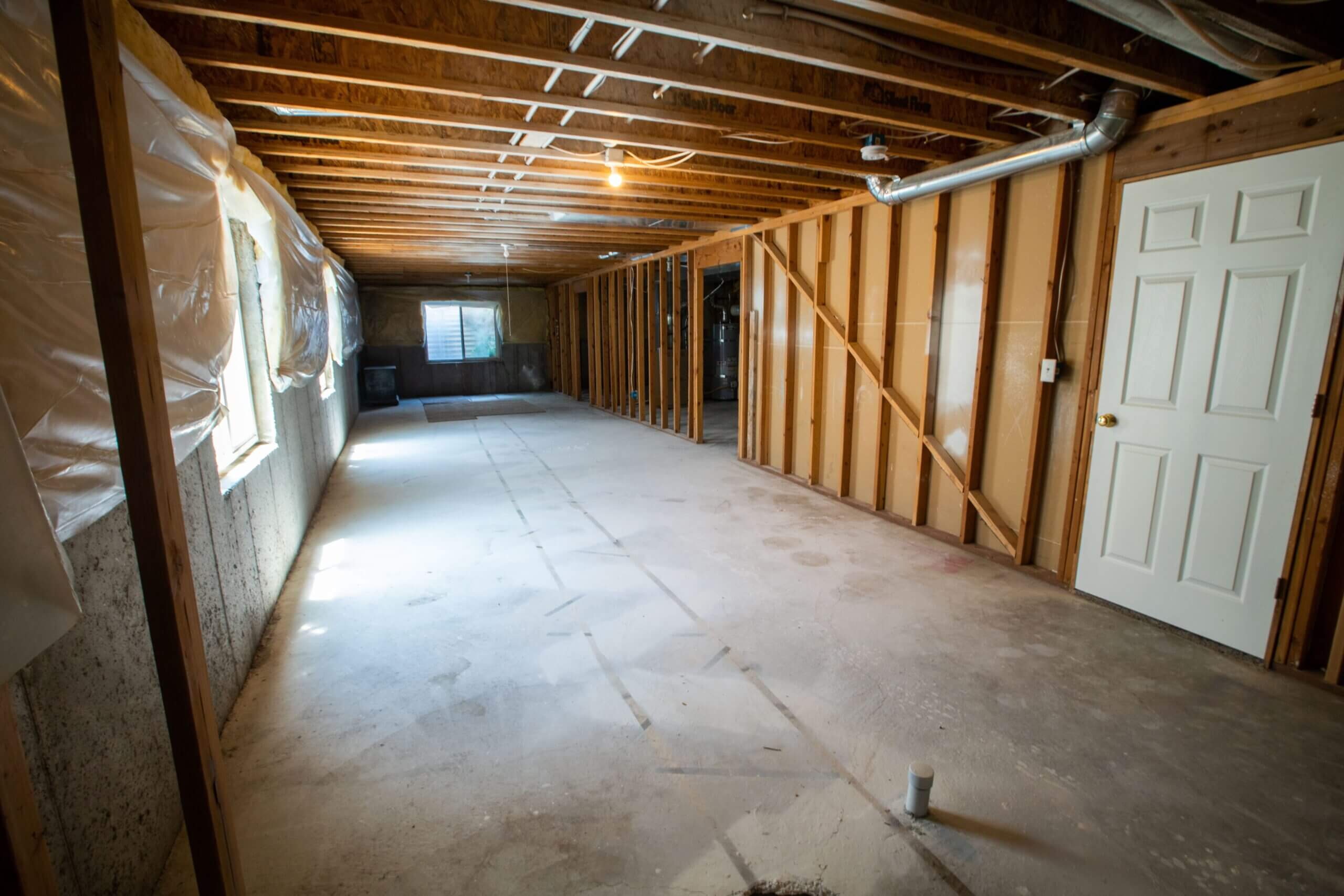Basement Waterproofing: Protecting Your Home from Water Damage
A dry basement is essential to your home’s structure, air quality, and long-term value. Water intrusion can lead to mold, musty odors, or even foundation damage if left unchecked.
This guide explains what basement waterproofing is, why it matters, and which methods can help you keep your home dry year-round. You’ll also find cost ranges, contractor tips, and maintenance advice to help you protect your investment.
What Is Basement Waterproofing?
Basement waterproofing keeps your basement or crawl space dry by preventing water from seeping through walls, floors, and foundation cracks.
Water can enter from:
- Poor drainage or grading
- Hydrostatic pressure (groundwater pushing against walls)
- Foundation cracks or gaps
- Leaking window wells or plumbing lines
Common waterproofing solutions include sealants, drainage systems, sump pumps, and crawl space encapsulation. The right combination depends on your home’s soil, climate, and foundation type.
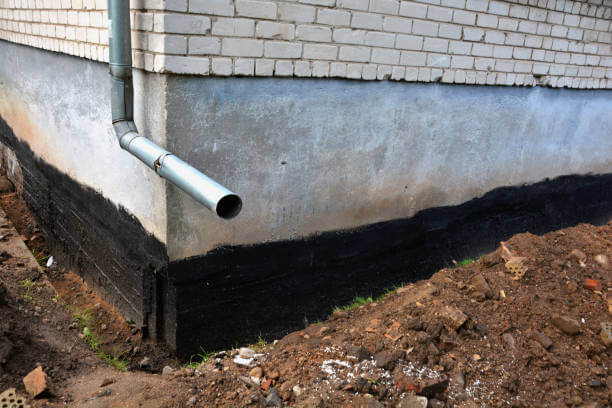
Why Waterproofing Matters
Even small leaks or dampness can create long-term problems like mold growth, structural weakening, and declining property value. Waterproofing helps:
- Maintain structural integrity
- Prevent mold and mildew
- Improve indoor air quality
- Protect stored belongings
- Increase usable living space
If your basement smells musty or shows damp spots, addressing it early can prevent more serious foundation or air quality issues later.
Topics to Explore
How Do You Know If Your Basement Needs Waterproofing?
Moisture issues aren’t always obvious. Common warning signs that you need waterproofing include:
- Cracks in walls or floors
- Musty smells or visible mold
- Water pooling after rain
- White chalky residue (efflorescence)
- Warped flooring or wall discoloration
If you notice these symptoms, schedule a basement inspection to identify the source before the problem worsens.
What Are the Main Types of Basement Waterproofing?
Different homes require different waterproofing approaches. Here’s an overview of the main categories.
Interior Waterproofing
This approach focuses on keeping water that enters the basement under control.
- Sealants and Coatings: Help with minor seepage and cracks.
- Interior Drainage Systems: French drains and sump pumps collect and remove water from inside.
- Vapor Barriers and Dehumidifiers: Reduce indoor humidity and mold risk.
Exterior Waterproofing
Exterior systems stop water before it reaches your foundation.
- Exterior Membranes and Drainage: Applied during excavation to create a watertight barrier.
- Proper Gutter and Downspout Management: Directs water away from the foundation to prevent pooling.
Crawl Space Encapsulation
- Vapor Barriers: Heavy-duty liners keep moisture from entering through the soil.
- Sump Pumps: Remove collected groundwater to prevent flooding.
Each method serves a specific need — interior systems handle water that’s already entered, while exterior systems prevent it from entering in the first place.
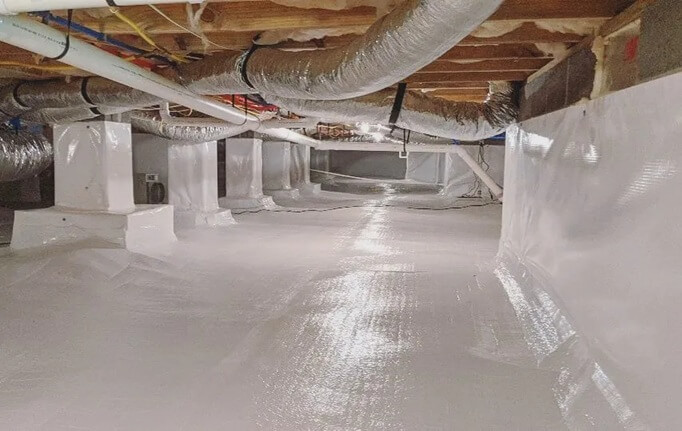
How Much Does Basement Waterproofing Cost?
Costs vary depending on the extent of the moisture problem and the chosen method.
Average cost ranges:
- Sealants and Crack Repairs: $500 to $2,500
- Interior Drainage Systems (French Drains, Sump Pumps): $2,500 to $10,000
- Exterior Waterproofing (Excavation and Drainage): $10,000 to $25,000+
- Crawl Space Encapsulation: $3,000 to $15,000
Because conditions differ from one home to another, the best way to budget is to get multiple quotes from local waterproofing professionals.
Topics to Explore
How to Choose a Basement Waterproofing Contractor
Choosing the right contractor is key to ensuring long-term results. Look for:
- Experience and Certifications: Verify licensing and training with organizations like the Basement Health Association (BHA).
- Customer Reviews and References: Check verified platforms like BBB and Google.
- Detailed Inspections and Quotes: Avoid one-size-fits-all solutions.
- Warranties: Strong warranties on labor and materials indicate quality work.
Avoid contractors who pressure you to sign immediately or refuse to provide written estimates.
➤ See our top picks for the best sump pump brands and best basement waterproofing companies.
Topics to Explore
Maintaining Your Basement Waterproofing System
Even the best waterproofing systems need regular maintenance to remain effective.
Homeowner Maintenance Checklist:
- Inspect your basement twice a year (spring and fall).
- Clean gutters and extend downspouts at least 5 feet away.
- Test your sump pump regularly by pouring water into the pit.
- Check vapor barriers and seals for damage.
- Address plumbing leaks quickly.
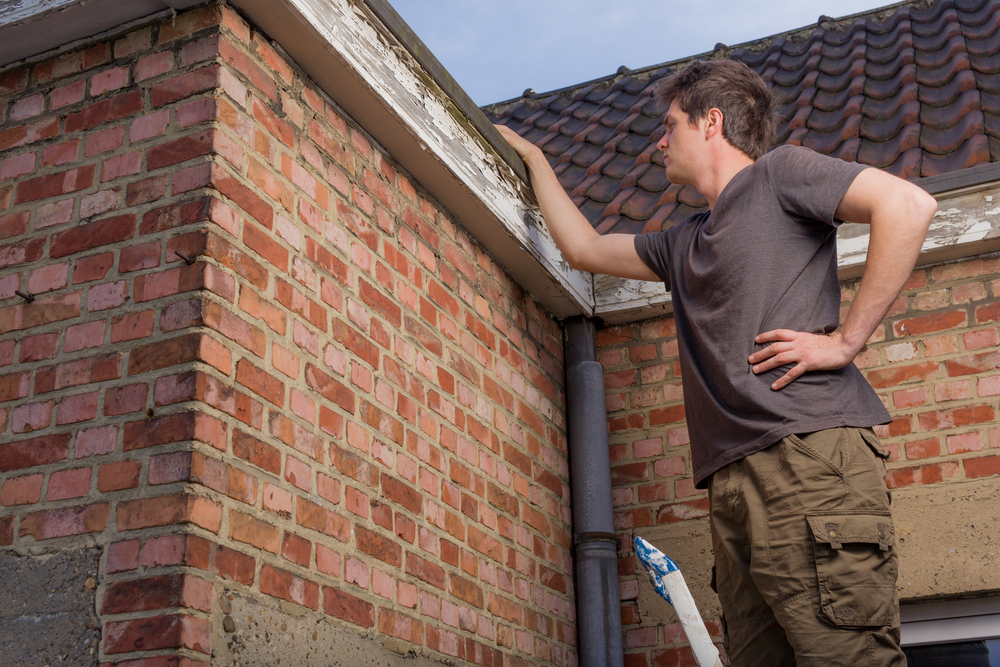
What to Do After Waterproofing
Once your basement is waterproofed, keep it in good condition by:
- Monitoring for new moisture or musty smells
- Using a dehumidifier for humidity control
- Storing items in plastic bins, not cardboard boxes
- Maintaining your sump pump and drainage systems
- Keeping exterior grading sloped away from the home
These steps help your waterproofing investment last longer and protect your basement for the long term. Routine inspections and small fixes can prevent major water problems later on.
Frequently Asked Questions
Take the Next Step
Basement waterproofing protects your home’s foundation, health, and value. Whether you’re dealing with leaks or preventing future damage, taking action early saves money and stress down the line.
If you’re ready to protect your home:
Ready to get your project started?
Let us find the best foundations pros in your area, then easily request quotes, book a contractor, and get the job done. It's that easy.

Homeowner Resources
Here are the top articles that homeowners found useful when planning their foundations project and navigating the contractor hiring process.
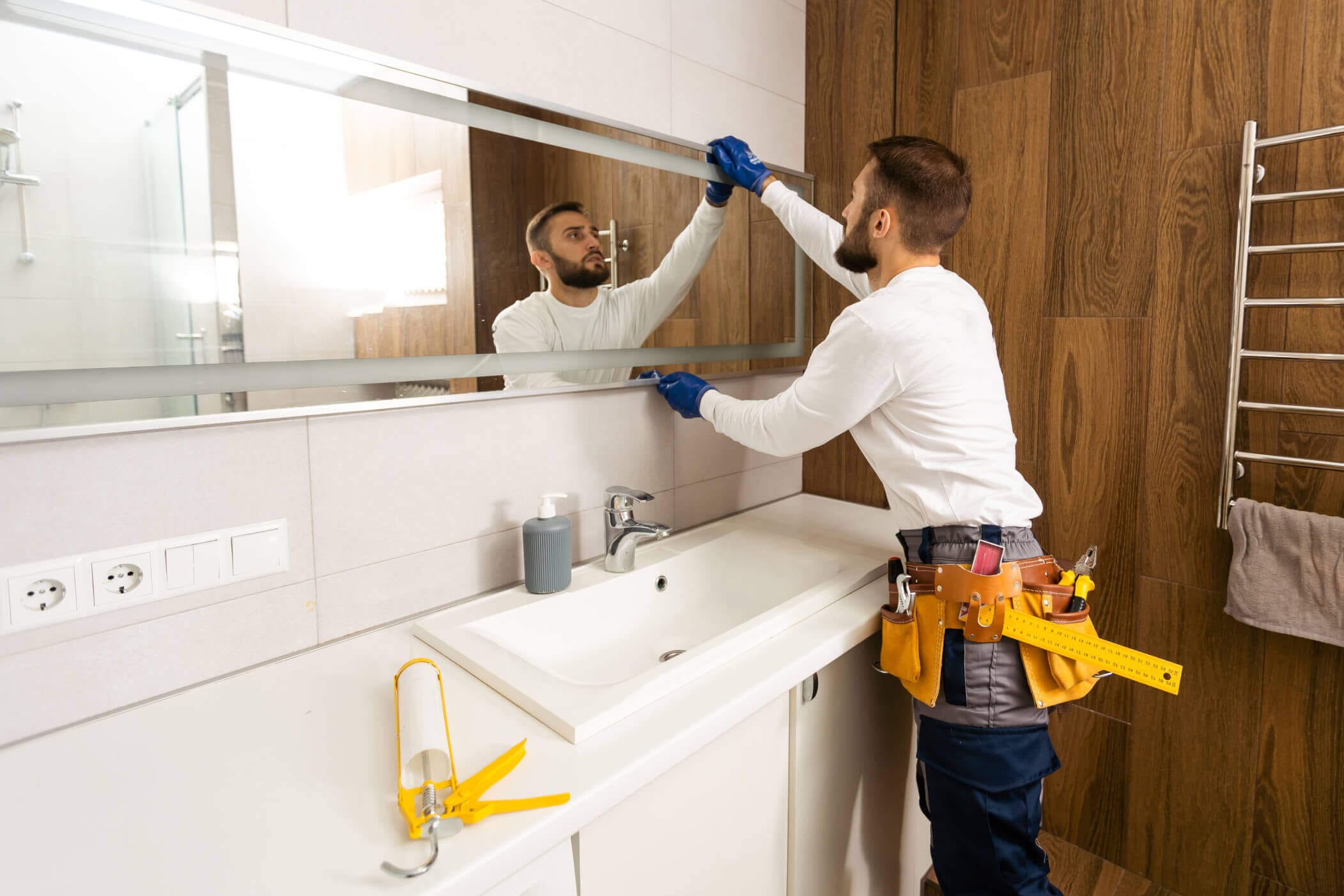
Real Stories, Real Success
See how our solutions empower homeowner projects and experiences.
